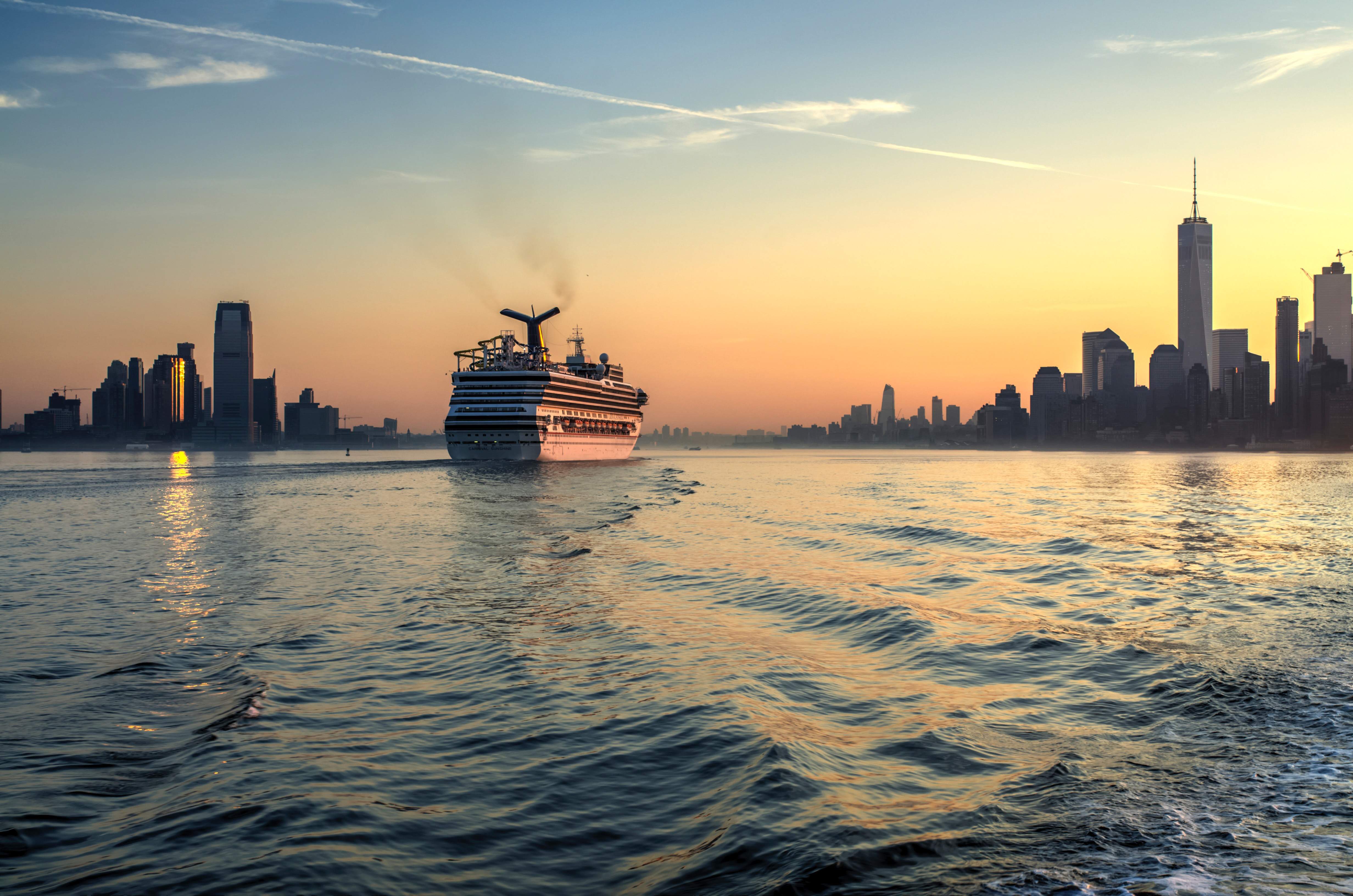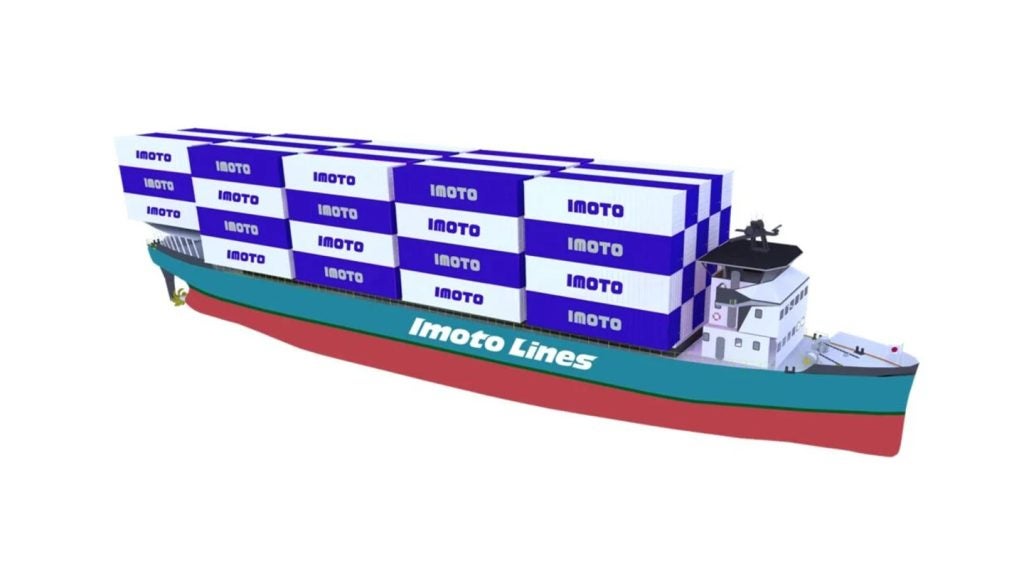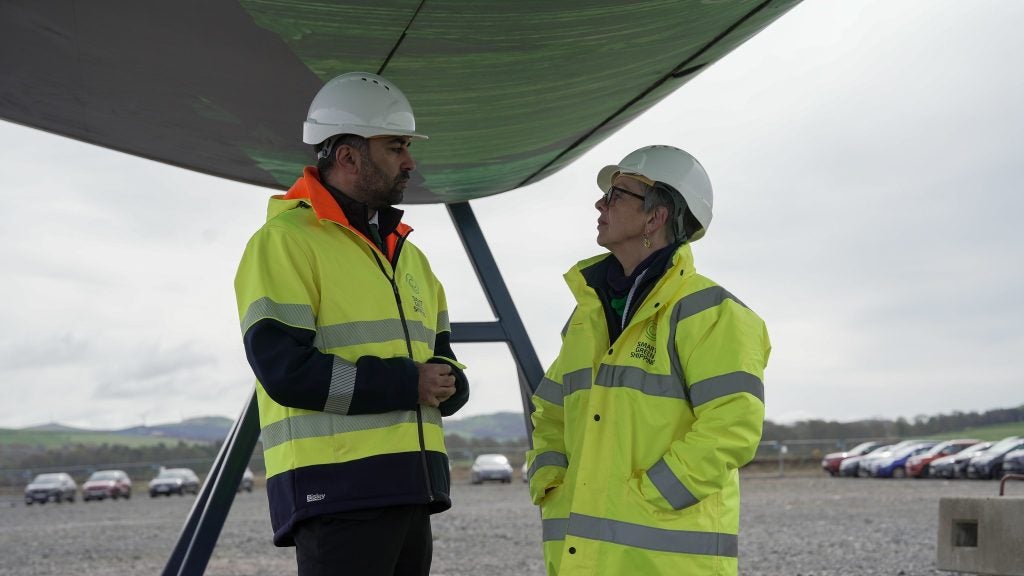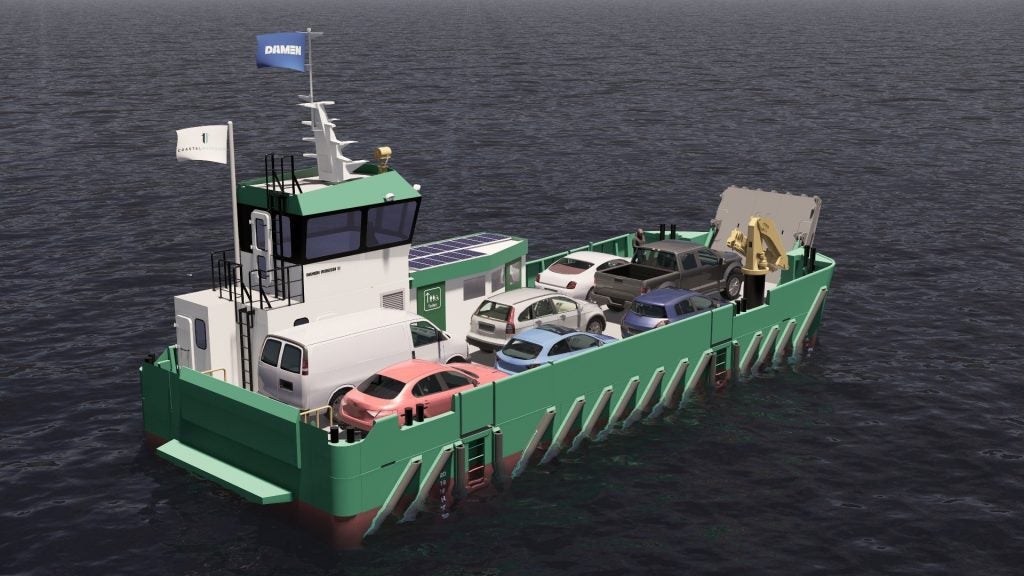
In June, Channel 4’s Dispatches team uncovered damning information about the air quality on cruise ships.
Their undercover investigation, broadcast on UK television, focused on levels of ultrafine particulates, a complex mixture of tiny particles that can burrow deep into the lungs and enter the bloodstream. The air they tested was dangerously polluted, with more than double the particulate levels of central London.
The team set sail on P&O Cruises’ luxury ship Oceana, which is over 250m long and can carry more than 2,000 passengers. Using a P-Trak ultrafine particle counter, they tested the pollution in one of the public parts of the ship: the deck directly downwind from the ship’s funnels.
They recorded 84,000 ultrafine particles per cubic centimetre on the deck, which is similar to what you’d find in cities like Delhi and Shanghai. For purposes of comparison, they also tested the level in London’s Piccadilly Circus (38,400) and on a beach in Camber Sands (4,285).
Earlier in the year, another investigation, by the French documentary television series Thalassa, came to a similar conclusion. The journalists took measurements at various spots on an undisclosed cruise ship, including one 50-minute recording on the sun deck and jogging lane. Here, they recorded an average of 60,000 ultrafine particles per cubic centimetre.
Daniel Rieger of NABU, the German environmental pressure group, told Telegraph Travel: “They could have done the air tests on almost any cruise ship in the world while the results would have been the same.”
How well do you really know your competitors?
Access the most comprehensive Company Profiles on the market, powered by GlobalData. Save hours of research. Gain competitive edge.

Thank you!
Your download email will arrive shortly
Not ready to buy yet? Download a free sample
We are confident about the unique quality of our Company Profiles. However, we want you to make the most beneficial decision for your business, so we offer a free sample that you can download by submitting the below form
By GlobalDataHealth risks
These findings have stoked concerns about the potential health risks of cruising. Particulate pollution exposure has been linked to a number of health problems, including cardiovascular problems, aggravated asthma, decreased lung function and irritation of the airways. Even a short-term exposure could cause problems for those already susceptible.
Dr Matt Loxham of Southampton University described ultrafine particles as a ‘special set of particles’, explaining: “They’re about a thousandth of the width of a human hair. Larger particles that we inhale usually get trapped in the airways… But ultra-fines can get right into the depths of the lung and distribute throughout the body.”
It’s a troubling state of affairs for the 24 million people worldwide who embark on a cruise each year. But it’s also embarrassing for an industry that prides itself on its environmental stewardship.
As Donnie Brown, vice president of maritime policy at the industry body Cruise Lines International Association (CLIA) says: “Cruise lines are committed to preserving and protecting the environment because it is the right thing to do and because it is fundamental to the success of the industry. Cruise lines are transforming the modern fleet with new technologies and designs to protect the oceans, air and destinations millions of cruise passengers enjoy each year.”
So what are the causes of polluted air on cruise ships and, given the well-attested dangers, what is the industry doing about it?
Industry action
Although some ultrafine particles are naturally occurring – for example through ocean spray or smoke – most of the particulate matter on a cruise ship will be the byproduct of burning fuel.
The majority of cruise ships use heavy fuel oil, which, though much cheaper than other fuels, is vastly more polluting. By law, this oil is permitted to contain 3.5% sulphur, compared to 0.001% for road fuel. According to NABU’s Rieger, each cruise ship emits as much particulate matter per day as a million cars.
The last few years have seen great strides in this area, with a raft of new regulations designed to bring emissions down. By 2020, the sulphur limits in fuel oil will be capped at 0.5% – effectively putting the kibosh on heavy fuel oil – and already there are various Emission Control Areas (ECAs) in place. Here, sulphur limits are capped at 0.1%, requiring ships to switch to a cleaner diesel, or take alternative strategies to bring their emission levels down.
These strategies may include exhaust gas cleaning systems, also known as scrubbers, which can be installed in the ship’s engine room to reduce sulphur oxide and particulate matter. Carnival, the parent company of P&O Cruises, has now fitted scrubbers on 60 ships across its brands.
Ships might also use shore power where available (i.e., plugging their ships into a shoreside power source) or install a hybrid engine that can run on liquefied natural gas (LNG), as well as normal diesel oil. In fact, LNG – which contains almost no sulphur – looks set to become the go-to fuel of the future. Carnival has seven vessels on order that will be powered by LNG alone.
“CLIA Cruise Line Members have a proven record of performance with existing ECAs, as well as regional, national and local requirements,” says Brown. “They have diligently identified sources of compliant fuel or installed innovative technologies to achieve an equivalent or better emissions reduction.”
A varied picture
Marcie Keever, oceans and vessels program director for Friends of the Earth, agrees that ECAs have spurred real change across the industry.
“It has taken regulation to push the industry to act, and ECAs are a great example. This has pushed the development of scrubber installation technology, it’s forced the ships to use cleaner fuel. Tens of thousands of mortalities have been avoided, healthcare costs have been avoided – the justification for these ECAs is really high.”
While praising these efforts, she points out that not all cruise lines are alike. Since 2009, Friends of the Earth has compiled an annual Cruise Ship Report Card that grades each line on its environmental record. The grading takes into account sewage treatment, water quality compliance, transparency and air pollution reduction.
Last year’s report card – which CLIA has called ‘misleading and inaccurate’ – indicates that certain lines are doing a far better job than others. All but one are graded F for transparency, owing to a failure to respond to requests for information.
Meanwhile, air pollution reduction grades vary from B+ to F, based on whether they have installed scrubbers; are capable of plugging into shoreside power; and utilise low sulphur fuels continuously at levels lower than those required by law.
“For cruise lines to reduce their air pollution levels further, they definitely need to be early adopters, and I think to a certain extent they’re not doing that,” says Keever. “We want the industry to step up – they need to be not going for the lowest common denominator.”
The ‘forefront’ of the sector
CLIA’s Brown maintains that the industry is doing a good job all round, particularly when compared to the rest of the maritime sector. As he explains, while cruise ships comprise less than 1% of the vessels at sea, they are at the “forefront” of this sector in developing responsible environmental practices.
“Cruise lines are innovators in working with scientists and engineers to develop cutting edge, sustainable environmental technology and practices, investing $1bn in new technologies and cleaner fuels to significantly reduce ships’ air emissions,” he says. “Because of environmental innovations by CLIA Cruise Line Members, new ships that enter into service today, no matter their size, are among the most environmentally friendly ships.”
He cites a recent CLIA study, prepared by independent experts, which assessed emissions levels at ports. It found that cruise ships account for just 1.2% (Europe) or 3% (US) of the total, with the rest produced by other commercial shipping vessels.
Of course, while this finding adds some important context, it may not come as too much consolation to cruise passengers concerned about their lung health. The industry is evidently working hard to combat air pollution. However, it will likely take a few more years before particulate levels meaningfully improve.






